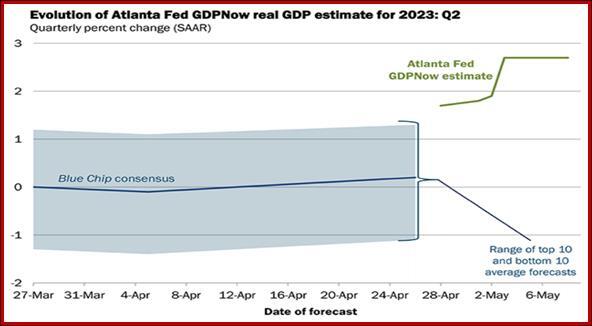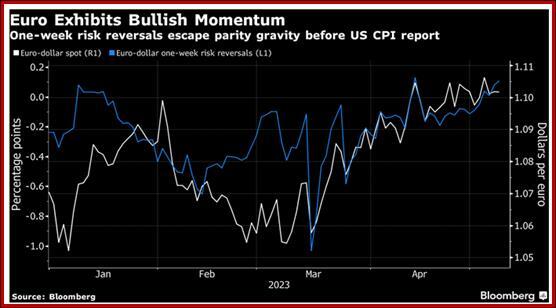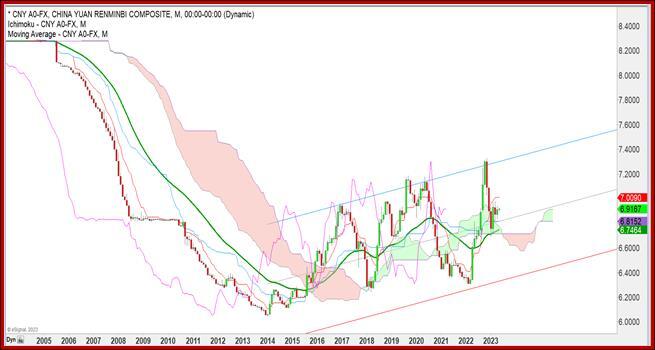Outlook: The big things this week are US inflation tomorrow and the Bank of England on Thursday.
We have covered US inflation repeatedly. This time it’s forecast to fall only a little, it at all. The Fed cares more about PCE anyway, and the narrative about the Fed is heavily influenced by the debt ceiling problem and coming credit crunch, which is already visible in some of the data.
Yesterday the Fed issued its biennial financial stability report. According to the FT summary, it says “worries about the ‘economic outlook, credit quality, and funding liquidity’ could lead “banks and other financial institutions to further contract the supply of credit to the economy.’
“The Fed added: “A sharp contraction in the availability of credit would drive up the cost of funding for businesses and households, potentially resulting in a slowdown in economic activity.”
It’s important to note that a credit crunch is one of the biggest risks, not the most likely scenario–although Chicago Fed Pres Goolsbee says “The credit crunch, or at least the credit squeeze, is beginning. I think you have to say that recession is a possibility.”
The banks themselves expect a squeeze. The quarterly Senior Loan Officer Opinion Survey finds banks expect to tighten lending standards on the uncertain outlook that covers both deposit withdrawals and recession worries, not to mention higher funding costs. Finally, the Fed noted the commercial real estate sector’s weakness. “The central bank said it would also be monitoring the performance of commercial estate loans more closely and expanding “examination procedures” for banks with greater concentration in the sector.”
Nowhere does the Fed suggest that lowering interest rates would have any beneficial effect–these issues are structural. To associate rate cuts later this year with banking sector fragility is a mistake.
So here’s the question–if inflation is not going down by much, the banking sector is at high risk, and the debt ceiling issue could explode in default–why is the economy doing so well? That’s if we credit the Atlanta Fed GDPNow forecast yesterday of Q2 real GDP growth at a whopping 2.7% (the same as the May 4 reading). Wait a minute. If we are getting a recession, when is it coming? We need two quarters to designate a recession, so if it comes in Q3 and Q4, to foresee rate cuts in those quarter is premature. Cloudy thinking.
Turning to the UK, the BoE meets Thursday and is highly likely to do another 25 bp to 4.5%. Econoday remarks that this will be the 12th hike and to the highest since April 2008. The total move will be 440 bp since Dec 2021. Two doves may dissent.
Forecast: It’s pullback Tuesday, with the dollar staging a mild comeback that is a function of trader fatigue and repositioning, and not anything fundamental-related. It’s old-fashioned “consolidation,” and can turn into renewed trendedness only if Something Big happens. Example–the Republicans walk out of the white House in a huff, or Pres Biden announces a fix, whether 14th Amendment or something else. We can’t see anything coming up to justify a trend reversal, meaning the majors gain more against the dollar by Friday, whatever the inflation numbers have to say (and nobody expects much from them, anyway). The big winner all along is the Swiss franc and as the debt ceiling debacle drags on, it can gain more regardless of local inflation or anything else.
The exceptions are the CAD and EM crowd, where the dollar is stronger or at least less weak. We do not understand this–if the Fed is going to be cutting later this year while the EM central banks hang on to higher rates for longer, you’d think the dollar would suffer. Relative rates are not the only factor, so consider expectations of US and global recession that would lower EM exports. The only good thing about a cheaper dollar from the EM perspective is less unaffordable debt.
Tidbit: Bloomberg notes that a directional change in FX could be looming, “especially true for the euro, given fatigue seems to be taking over some of the bulls at a time when options bets get increasingly bearish against the greenback. One-week risk reversals in euro-dollar rose yesterday to their highest level since February 2022, calls over puts. If this remains a theme into the release of the US CPI report, then those having taken profit on euro longs may have got the timing wrong.” We are not sure this is the most convincing chart we have ever seen, and also not sure risk reversal bets are not more gambling than sentiment reading.
Tidbit: Analysts are pointing out that conditions in China, especially in the property sector and following brutal lockdowns, have a seething mass of investors longing to get the hell out. The Chinese government doesn’t dare lift capital controls because a flood of capital outflows would ensue.
This is the correct context in which to judge the dollar/yuan exchange rate. Capital outflows would send the dollar to the moon, and even past the 8.28 level where it stood before G7 (and mostly then-TreasSec Snow) embarrassed China into a dirty float in 2005--18 years ago. A genuinely robust economy would have done better. The yuan the new reserve currency? The cat laughed.
Tidbit: The WSJ’s Daily Shot bag of yummy charts has this one–foreign banks taking their money out of American banks at high speed. Something to do with worries about the system? The debt ceiling problem? Presumably the money is going into short-term (1 and 2 month) Treasury bills.
This is an excerpt from “The Rockefeller Morning Briefing,” which is far larger (about 10 pages). The Briefing has been published every day for over 25 years and represents experienced analysis and insight. The report offers deep background and is not intended to guide FX trading. Rockefeller produces other reports (in spot and futures) for trading purposes.
To get a two-week trial of the full reports plus traders advice for only $3.95. Click here!
This morning FX briefing is an information service, not a trading system. All trade recommendations are included in the afternoon report.
Recommended Content
Editors’ Picks

EUR/USD trims losses, flirts with 1.1400
EUR/USD gives away some of its earlier losses and reclaims the area beyond 1.1400 the figure on turnaround Tuesday. The better sentiment around the pair follows some loss of momentum in the US Dollar, which recedes from earlier tops.

GBP/USD picks up pace and surpasses 1.3400
GBP/USD now manages to regain balance and advances past the key 1.3400 barrier following the resurgence of some selling bias around the Greenback and a widespread recovery in the risk-associated universe.

Gold bounces off lows near $3,300
After bottoming out near the $3,300 region per troy ounce, Gold prices approach the $3,330 zone as the US Dollar gives away part of its daily advance and the risk-on mood gathers extra pace.
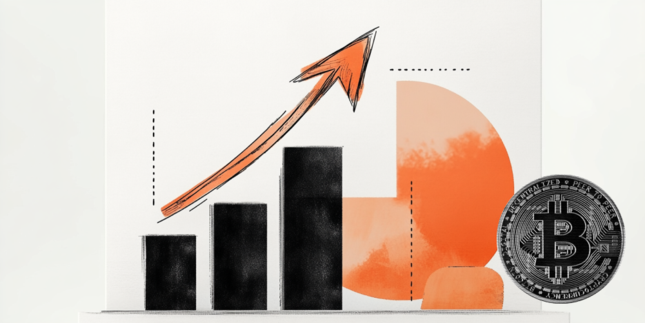
Bitcoin eyes $100,000 amid Arizona Reserve plans, corporate demand, ETF inflows
Bitcoin price is stabilizing around $95,000 at the time of writing on Tuesday, and a breakout suggests a rally toward $100,000. The institutional and corporate demand supports a bullish thesis, as US spot ETFs recorded an inflow of $591.29 million on Monday, continuing the trend since April 17.
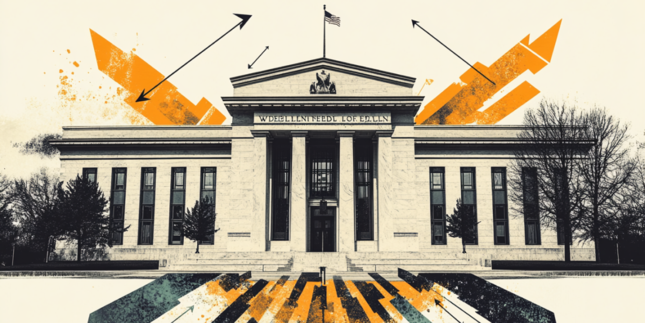
May flashlight for the FOMC blackout period – Waiting for the fog to lift
We expect the FOMC will leave its target range for the federal funds rate unchanged at 4.25-4.50% at its upcoming meeting on May 6-7, a view widely shared by financial markets and economists. Market pricing currently implies only a 9% probability of the FOMC cutting the fed funds rate by 25 bps.

The Best brokers to trade EUR/USD
SPONSORED Discover the top brokers for trading EUR/USD in 2025. Our list features brokers with competitive spreads, fast execution, and powerful platforms. Whether you're a beginner or an expert, find the right partner to navigate the dynamic Forex market.
